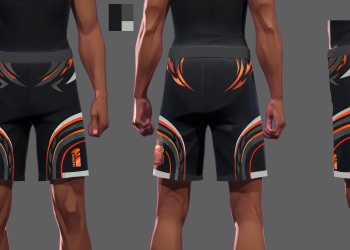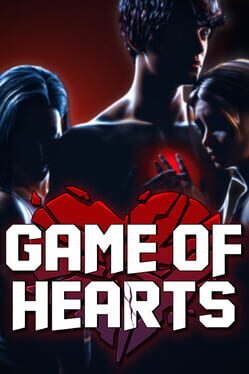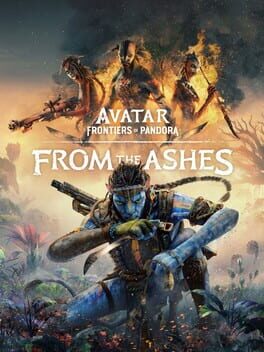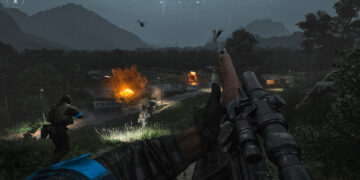It’s becoming rare to see a multiplayer game launch with a price tag instead of going free-to-play. Sloclap’s arcade sports game Rematch bucks this trend by being a premium product, which might surprise many given how dominant the free-to-play model has become.
Most multiplayer titles now offer their base game for free, relying on cosmetics and season passes to generate revenue. Games like Marvel Rivals have thrived this way, so it’s interesting that Sloclap decided to stick with a paid approach. Creative Director Pierre Tarno shared some insight into this choice.
Choosing Quality Over a Popular Monetization Model
In a GamesRadar interview, Tarno explained that free-to-play was never on the table for them. They were aware the game could flop without the accessibility of a free entry point, but they believed the best way to succeed commercially was simply to create a solid, original game.
“There is no secret formula,” Tarno said, “but the best way – or maybe the only way – to make a commercial success is just to make a very good game.” He added that if the game is well-made and reasonably priced, players will be willing to buy it.
Rematch’s Success Without Free-To-Play
Remarkably, Rematch recently hit a milestone of 3 million distinct players, according to the official announcement from Sloclap. That’s about 11.8 million matches played and over 55.6 million goals scored. Quite a feat considering the game does not yet support crossplay, which the developers have said is planned for the future.
Rematch has officially reached 3M unique players!
For those keeping score, that's
– 11.8M matches played
– 55.6M goals scored
– 33.5M assists
– 69.1M savesThis is just the beginning.
Thank you for being with us, in and out of the pitch!#rematch pic.twitter.com/jUc6ZlwgPY— Rematch (@PlayRematch) June 24, 2025
You might wonder how they built such a player base without the typical free-to-play hooks. It seems the focus on creating a fun, original multiplayer experience paid off, at least for now. Once crossplay is added, the community could become even more active.
The big question is whether the game can maintain this momentum. Attracting players early on is one thing, but sustaining a multiplayer community is a different challenge altogether. I’ll watch closely for any news or changes that might affect its future.
























